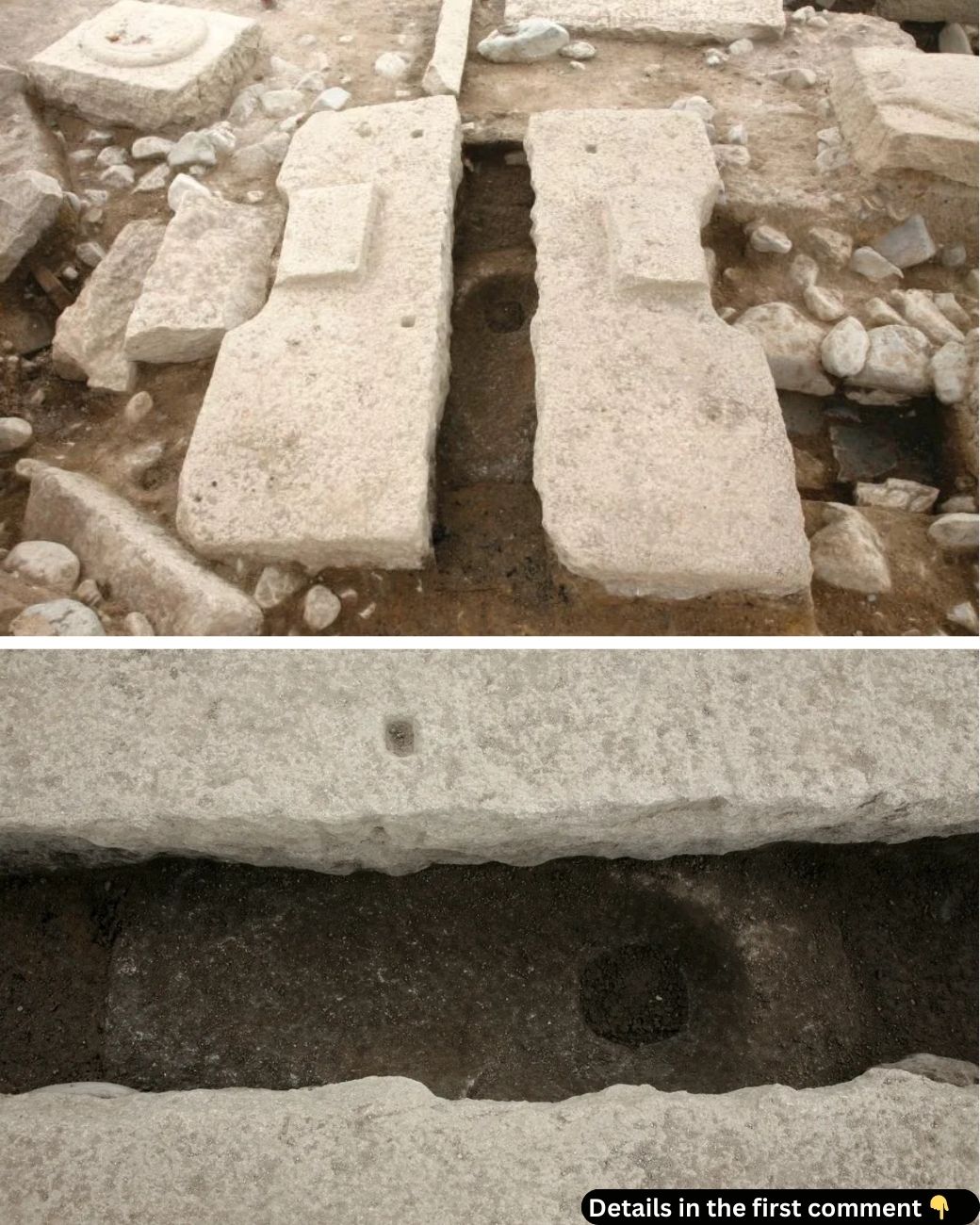In the heart of South Korea, an extraordinary discovery has redefined our understanding of ancient sanitation systems. Archaeologists have uncovered a 1,300-year-old flush toilet system within the ruins of the Donggung Palace, part of the Unified Silla Kingdom. The find is a groundbreaking revelation, shedding light on the advanced hygiene practices used by Korea’s royal elite during the Silla period (668–935 CE). This unique discovery not only highlights the sophisticated engineering of the time but also offers new insights into the daily life and societal structure of one of Korea’s most powerful ancient kingdoms.
The Donggung Palace Complex: A Glimpse into Silla Royalty
The Donggung Palace, located in the city of Gyeongju, was the residence of the crown prince during the Unified Silla period. Built in 674 CE, the palace complex stands as a testament to the grandeur of the Silla Kingdom. During this period, Silla ruled much of the Korean Peninsula, and the palace itself became a central hub of political and royal life.
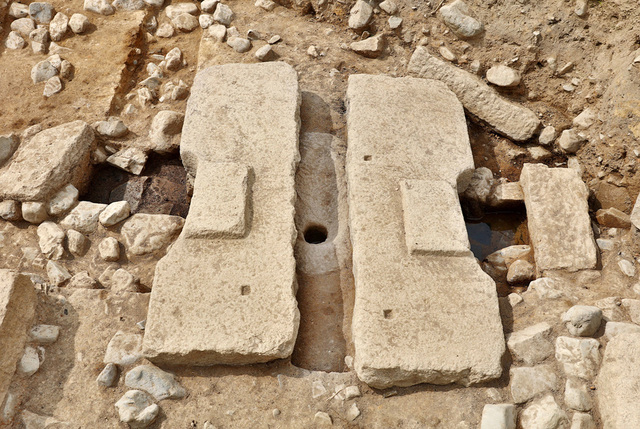
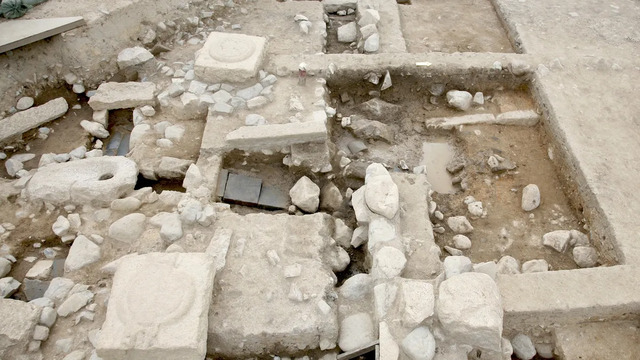
The palace complex had long been known to historians, but recent excavations have uncovered new details about the lifestyle of its royal inhabitants, revealing both their opulence and their attention to daily comforts, including sanitation. The discovery of flush toilets at Donggung Palace is particularly significant because it gives us a rare glimpse into the technological advancements of the time. This finding is the first of its kind in Korea, offering a fresh perspective on the kingdom’s innovations and its commitment to cleanliness and hygiene for its royal family.
Video
Check out the video on the ancient royal flush toilet uncovered in a 1300-year-old Korean palace – it’s a fascinating discovery!
The Flush Toilet Discovery: An Unexpected Innovation
The discovery of several flush toilets at Donggung Palace is an extraordinary find, not just because of their age but because they represent an unexpected level of technological sophistication in ancient Korea. While the toilets themselves are relatively simple in design, they were part of a larger sanitation system that used water to flush waste directly into nearby drains and, eventually, the river.

The most notable of these toilets was located in a room believed to have been used by the crown prince and his attendants. This toilet was specially designed to discharge waste directly into a river via a drainage system, suggesting that it was reserved for the highest members of the Silla aristocracy. The presence of stepping stones and a finely carved granite seat for comfort further indicates the luxurious nature of this royal bathroom.
Interestingly, the toilets in the rest of the palace complex were less advanced, functioning more like traditional outhouses that stored waste rather than flushing it away. This discrepancy in toilet systems highlights the hierarchical nature of Silla society, where access to certain technologies, including sanitation, was reserved for the upper echelons of the kingdom’s social structure.
How the Ancient Flush Toilet Worked
While the flush toilets found at Donggung Palace were advanced for their time, they did not operate in the same way as modern toilets. Rather than being flushed with water in the way we’re accustomed to today, these ancient toilets required individuals to pour water by hand to move waste through a system of underground pipes. Servants would have been responsible for ensuring that the water was poured and the waste was flushed through the pipes, directing it towards the river.

This method of waste disposal, although rudimentary by today’s standards, was a considerable achievement for its time. The drainage system was designed to ensure that waste was efficiently moved away from the palace, promoting hygiene and cleanliness. The careful design of these toilets, coupled with the use of water, demonstrates the Silla Kingdom’s emphasis on public health and sanitation, especially for its royal family.
Social Hierarchy and Sanitation: A Toilet for the Crown Prince
The placement and design of the flush toilet for the crown prince in the Donggung Palace provide a unique window into the social hierarchy of the Silla Kingdom. The fact that only the crown prince and his closest attendants had access to such a sophisticated sanitation system underscores the social stratification that characterized ancient Silla society.
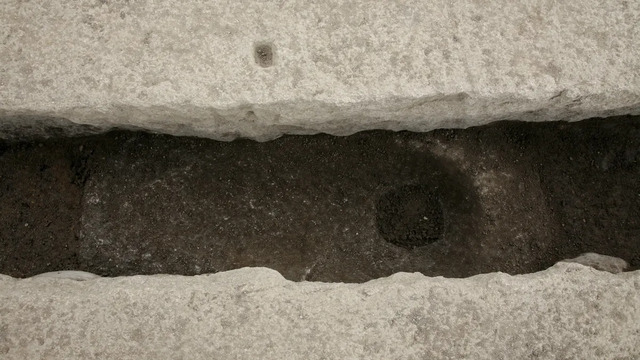
The royal flush toilet that discharged waste into the river symbolizes the elite status of the Silla aristocracy. In contrast, common people and those outside the royal court had access to much simpler sanitation methods, such as outhouses, which merely stored waste. This distinction emphasizes the way in which certain privileges, including access to advanced hygiene practices, were reserved for the highest social classes.
By understanding the design and function of these toilets, we gain a clearer picture of the daily lives of the Silla royalty. These were not just functional spaces; they were carefully crafted to meet the specific needs of the royal family, reinforcing the importance of comfort and cleanliness in their daily routines.
Comparing Ancient Sanitation Systems: Korea and the World
The flush toilet system discovered in the Donggung Palace is the first known example of such technology in Korea, but it is by no means the first of its kind in the world. Ancient civilizations, such as the Indus Valley Civilization (2600–1900 BCE), had sophisticated sanitation systems that included flush toilets and underground sewage systems. Similarly, in 1596, Sir John Harrington created a flush toilet for Queen Elizabeth I in England, although it lacked the modern design features necessary to prevent odors.
The discovery of the royal flush toilet in Korea adds to the growing recognition of the ingenuity and technological advancements of ancient civilizations in managing sanitation. It shows that the Silla Kingdom was not only aware of the importance of hygiene but was also willing to invest in sophisticated infrastructure to maintain it, particularly for its royal family.
Archaeological Significance: What We Learn from the Toilet Finds
The discovery of the flush toilets at Donggung Palace offers much more than just insight into ancient plumbing. It provides a rare look into the daily life of the Silla royal family, offering clues about their living conditions, their priorities, and their technological capabilities. Furthermore, the toilets are a valuable artifact in the broader study of ancient sanitation practices, allowing archaeologists to explore how hygiene and public health were managed in ancient societies.
By studying the organic residues and microorganisms found in the waste deposits of these toilets, scientists can learn more about the diets, diseases, and overall well-being of the Silla population. This kind of analysis can provide a window into the lives of ancient people that goes beyond written records and artifacts, offering a deeper understanding of their health and lifestyle.
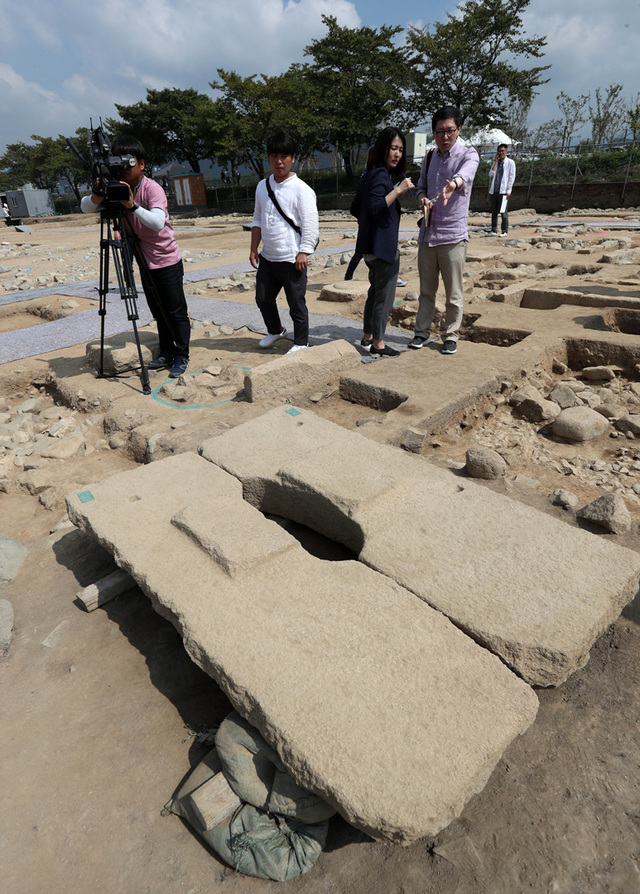
Further Discoveries at Donggung Palace
The flush toilet system is just one of many exciting discoveries made at Donggung Palace. Excavations have revealed the remains of at least 26 buildings, as well as numerous artifacts, including bowls, plates, and intricately patterned bricks. These findings help paint a richer picture of life during the Unified Silla period, offering insights into the architectural, cultural, and technological advancements of the time.
As the excavation continues, archaeologists are uncovering more about the palace and its role in the Silla Kingdom. Future discoveries will undoubtedly shed more light on the lives of the Silla elite and help to further our understanding of this fascinating period in Korean history.
Video
Watch the video to discover the surprising secret hidden in ancient Korean genes – it’s a shocking revelation!
Conclusion: Hygiene, Technology, and Power in Ancient Korea
The discovery of the 1,300-year-old royal flush toilet in Korea offers a fascinating glimpse into the sophistication of the Unified Silla Kingdom. This remarkable find not only highlights the kingdom’s commitment to hygiene and comfort but also serves as a testament to the technological advancements achieved by ancient civilizations. By examining the sanitation systems used by the Silla royalty, we can better understand the social hierarchies of the time and the lengths to which the elite went to maintain their status and well-being.
The Donggung Palace flush toilet is a symbol of the ingenuity and sophistication of the Silla Kingdom and a reminder that even in ancient times, people were deeply concerned with the essential aspects of daily life—comfort, health, and cleanliness. This discovery enriches our understanding of the past, offering a unique perspective on ancient Korean history and its enduring legacy.
